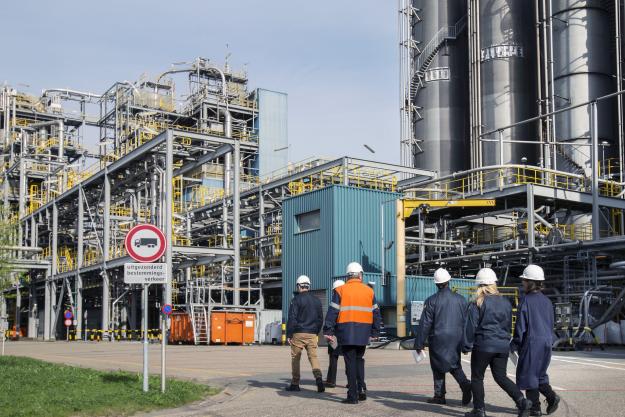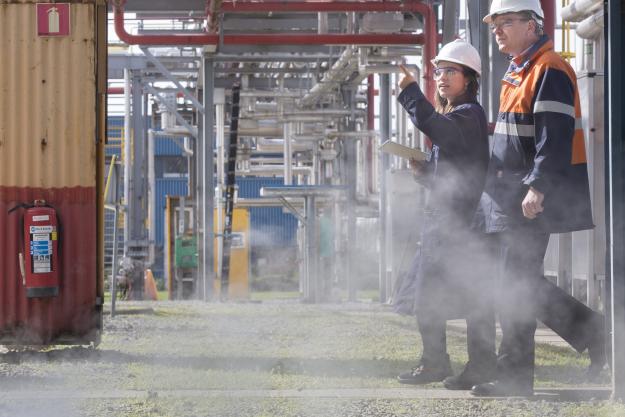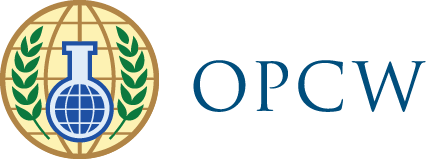Toxic chemicals and their precursors are used around the world for many legitimate and peaceful applications, but they may also be used for purposes that are prohibited by the Chemical Weapons Convention. OPCW inspectors visit the facilities where these chemicals are produced, processed, or consumed to ensure that declarations submitted by States Parties are complete and accurate. These routine inspections are cooperative events – the inspection teams are concerned with verifying the contents of declarations and do not adopt an investigate approach.
What happens during an inspection
The first official activity of an inspection is a Pre-Inspection Briefing (PIB) at the facility.
This is followed by an initial guided tour of the facility (if required) and agreement of the inspection plan. The inspection plan indicates the areas of the facility to be inspected, the proposed order, and provisional timings.
A physical inspection of the facility then takes place. Afterwards, OPCW inspectors will review the facility’s records to verify the accuracy of its declaration(s).
Within 24 hours of completing inspection activities, OPCW inspectors will produce a Preliminary Findings Report (PF).

How long does an inspection last
There is no time limit on the duration of an inspection at a Schedule 1 facility. An inspection of a Schedule 2 facility may last up to 96 hours, and inspections of Schedule 3 and OCPF facilities may last up to 24 hours.
For all inspections, a further 24 hours is allowed to enable OPCW inspectors to produce an inspection report. An inspection period may be extended if required, with agreement from the inspected state party.
Inspectors are authorised to work around the clock; however, they will endeavour to adhere to the facility’s normal working hours as much as possible.

